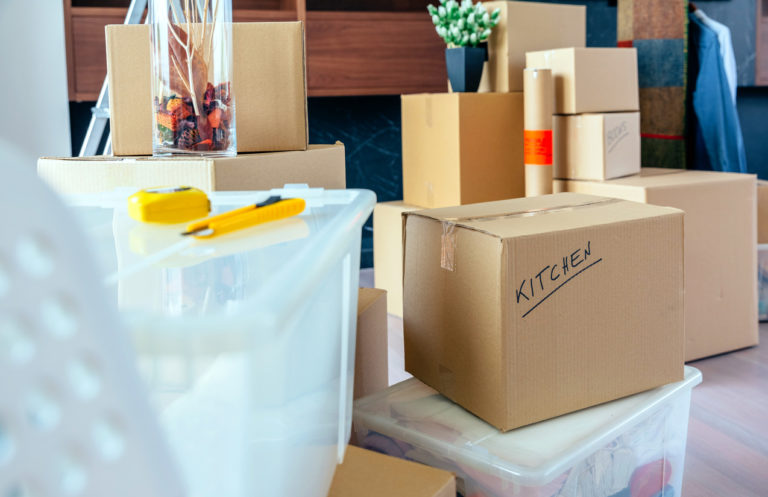How to Store Furniture Safely for the Long Term
Choose an Appropriate Storage Unit
Selecting the right storage unit is crucial when it comes to storing furniture for the long term. Look for a facility that offers clean, secure, and climate-controlled units. Climate control is particularly important as it helps protect furniture from extreme temperature fluctuations and humidity. By maintaining a stable environment, you can prevent damage such as warping, cracking, or the growth of mold and mildew. Research storage facilities in your area and consider visiting them to assess their conditions and determine which one meets your requirements.
Clean and Prepare Your Furniture
Before storing your furniture, take the time to clean it thoroughly. Start by removing any dust, dirt, or debris that may have accumulated. Vacuum upholstered furniture and use appropriate cleaning products and techniques for different materials, such as wood polish or fabric cleaner. Ensure that the furniture is completely dry before placing it in storage to prevent the development of mold or mildew. Wipe down all surfaces and consider applying a protective treatment, such as wood conditioner or fabric protector, to further safeguard your furniture during storage.
Disassemble Larger Furniture Pieces
For easier handling and to minimize the risk of damage, consider disassembling larger furniture pieces whenever possible. Beds, tables, bookshelves, and other items that can be taken apart should be disassembled following the manufacturer’s instructions. Keep all disassembled parts, screws, and hardware in labeled bags or containers and secure them to the corresponding furniture piece. This way, you’ll have everything you need when it’s time to reassemble the furniture. Make sure to store the disassembled furniture parts together to avoid confusion or misplacement.
Wrap and Protect Each Piece
Individually wrapping your furniture items is essential for their protection during long-term storage. Start by using furniture blankets, moving pads, or bubble wrap to provide a cushioning layer that prevents scratches, dents, or other damage. For wooden furniture, you can also consider applying a layer of furniture wax or polish before wrapping to add an extra protective barrier. Make sure to wrap each piece tightly and secure the protective material with tape or plastic wrap. However, be cautious not to apply tape directly on the furniture’s surface, as it may leave adhesive residue or damage the finish.
Consider Furniture Covers
To offer an additional layer of protection, consider using furniture covers designed specifically for long-term storage. These covers help shield your furniture from dust, moisture, and potential scratches. Opt for covers made from breathable materials to allow for proper air circulation and prevent the build-up of condensation, which can lead to damage. Cover each wrapped piece of furniture individually, ensuring the cover fits securely without sagging or dragging on the ground.
Use Proper Packing Techniques
Utilizing proper packing techniques is essential to optimize space and prevent damage to your furniture. Place smaller items such as cushions or pillows inside drawers or hollow furniture components to maximize storage efficiency. Disassemble table legs and wrap them together to minimize the chances of misplacing or damaging them. When stacking furniture, be cautious not to place excessive weight on fragile or delicate items. If necessary, use padding or blankets between stacked items to provide additional protection. Avoid stacking furniture too high to prevent instability or the risk of toppling over.
Elevate Furniture off the Ground
To protect your furniture from potential moisture or pest issues, elevate it off the ground within the storage unit. Use pallets, boards, or plastic sheets as a barrier between the furniture and the storage unit floor. This helps prevent moisture absorption and reduces the risk of damage to your valuable pieces. Ensure the elevated platform is sturdy and evenly distributed to support the weight of your furniture.
Avoid Stack Weight on Fragile Items
When stacking furniture, take extra care to avoid placing excessive weight on fragile or delicate items. Fragile pieces such as glass tabletops, mirrors, or intricate decorations should be stored upright or flat to minimize pressure and prevent breakage. Additionally, consider using padding or blankets between stacked items to provide extra cushioning and protection. Place heavier or sturdier items at the bottom of the stack and lighter items on top to maintain stability.
Allow for Air Circulation
To maintain the integrity of your furniture, ensure there is adequate air circulation within the storage unit. Leave sufficient space between furniture items and the walls to promote ventilation and reduce the risk of moisture build-up. This helps prevent the development of mold or mildew and keeps your furniture in optimal condition. Avoid packing furniture items too tightly together, allowing for proper airflow and minimizing the chances of damage caused by stagnant air.
Regularly Check and Maintain
While your furniture is in long-term storage, it’s important to periodically check on its condition and perform any necessary maintenance. Schedule visits to your storage unit every few months to inspect your furniture for any signs of damage, pests, or environmental issues. Look out for potential pest infestations, such as insects or rodents, and address them promptly if discovered. Additionally, ensure that the storage unit remains clean and free from any potential hazards that may affect your furniture.
Conclusion
Properly storing your furniture for the long term requires careful preparation and attention to detail. By choosing an appropriate storage unit, cleaning and preparing your furniture, disassembling larger pieces when possible, using proper packing techniques, and allowing for air circulation, you can ensure that your furniture remains safe and well-preserved throughout its time in storage. Regular check-ups and maintenance visits to your storage unit will give you peace of mind and help ensure that your furniture retains its quality and beauty until you’re ready to use it again.
Georgetown Moving is a Full-Service Storage Company
Storage with Georgetown is easy. Here’s how it works:











